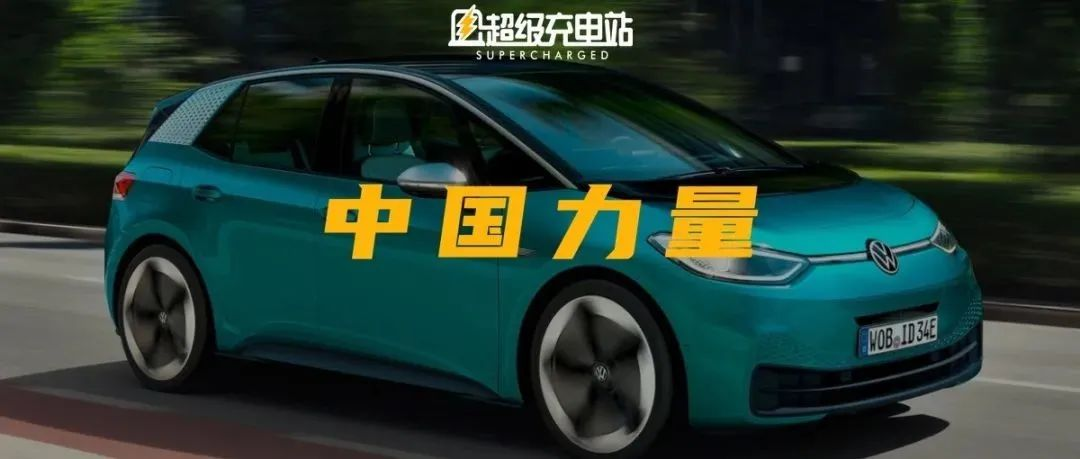Author: French Fries Fish
Two years ago, a news story about Volkswagen’s planned acquisition of Huawei’s autonomous driving division went viral overnight due in part to Huawei’s strong popular support in China. At that time, not only did industry-related automotive and technology media outlets, but almost all platforms and portals engaged in heated discussions on the matter.

Two months later, the dust settled and the acquisition event, which had once been touted by many of its peers, disappeared without a trace. However, it left me with a very un-Chinese name to remember: CARIAD.
CARIAD is a brand new automotive software company under the Volkswagen Group, with a history that can be described as quite up and down.
In the era of new energy, software is playing a more important role in automobiles. In response to this new change, Volkswagen established the Car.Software Organisation as its automotive software division in 2020. As the ACCELERATE strategy of the Volkswagen Group progressed, Volkswagen’s determination to “define and drive cars with software” made their need for software more urgent. Thus, the Car.Software Organisation transformed into CARIAD.
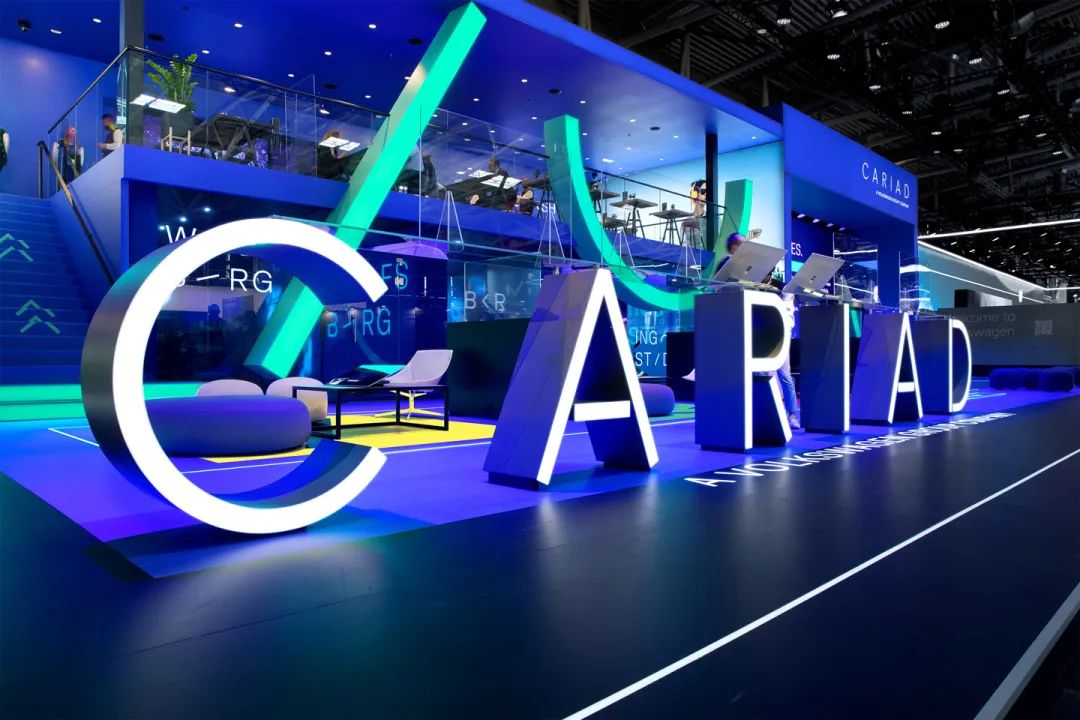
Recently, the un-Chinese CARIAD has done something very Chinese — on April 28, 2022, CARIAD released its China strategy and formally established its Chinese subsidiary.
Why China?
Volkswagen has encountered quite a few software problems in the past two years.
In September 2019, at the Frankfurt International Auto Show, the eighth generation Golf from Volkswagen, which was expected to be unveiled, was delayed due to its software system being easily hacked.

In May 2020, the delivery of the eighth generation Golf, which had just begun mass production, was suspended due to a fault in its emergency call system “e-call” software.

In March 2021, Volkswagen’s new electric ID. series family received its first large-scale software update, but who would have thought that the first major update of the electric ID. would have to be performed at a 4S store rather than OTA.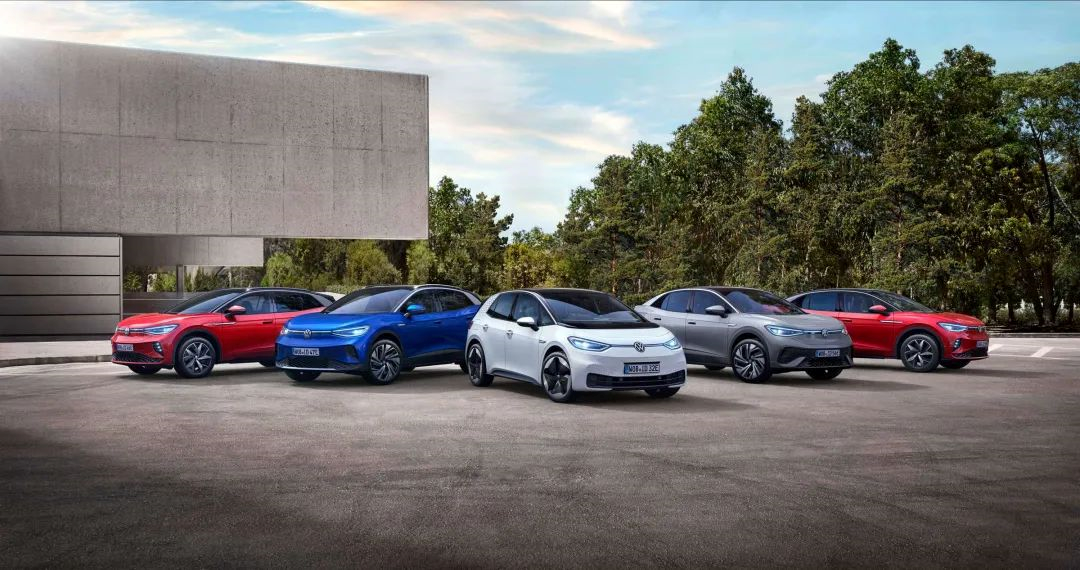
Who would have thought in April 2020 that ID. car owners would need 12 hours for the much anticipated 3.0 OTA update?
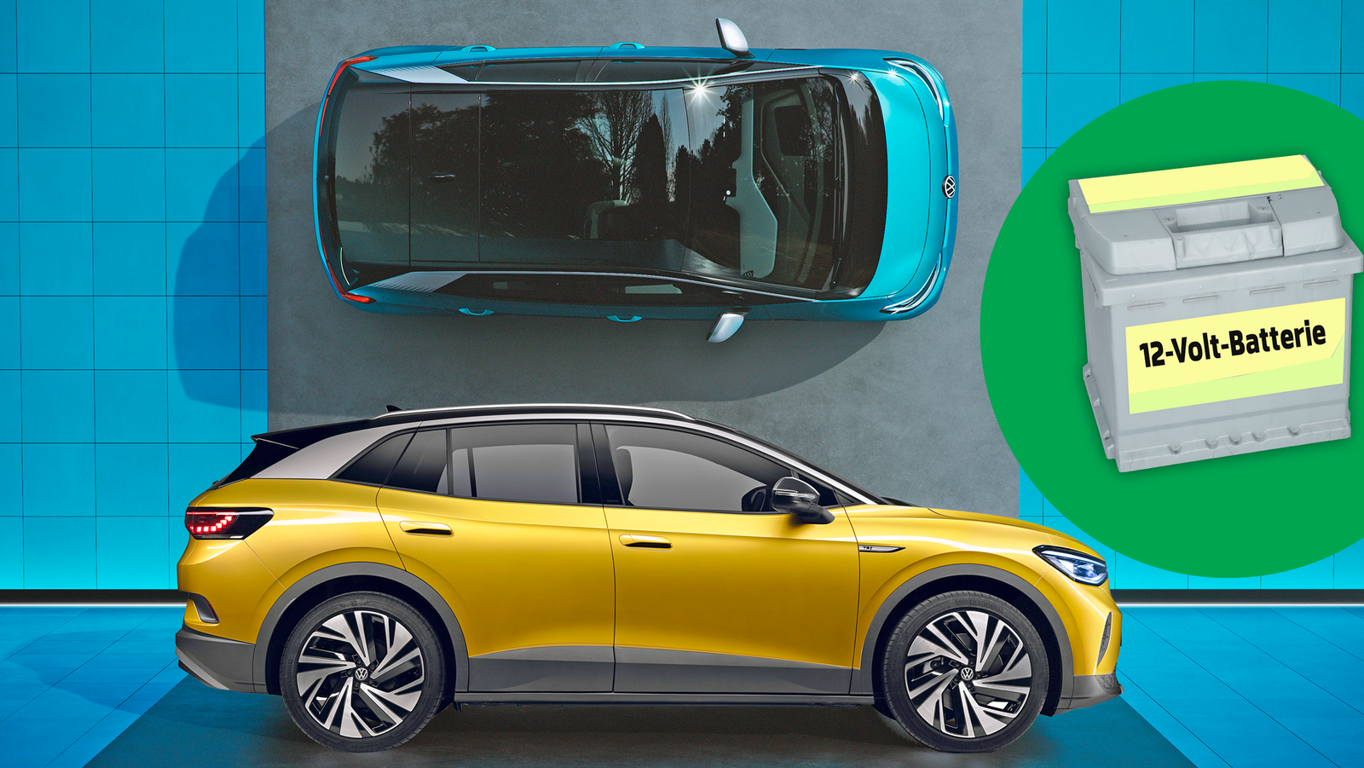
For those interested in these bizarre stories, check out our previous article “Volkswagen ID. receives its strongest OTA update, only needing a battery swap and 12-hour wait“.
There are too many problems to solve, which is perhaps the biggest motivation for CARIAD to actively recruit and expand.
It is worth noting that the Chinese subsidiary is CARIAD’s first subsidiary established outside of Europe in the world.
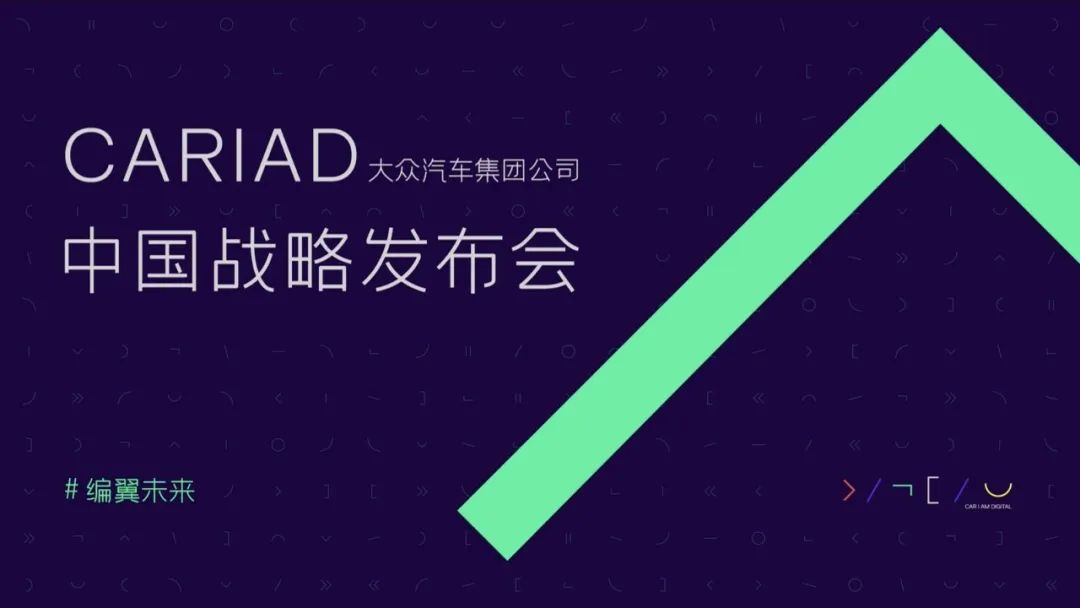
As for why China was chosen, CARIAD China CEO Chang Qing said at the press conference:
“China is one of the most dynamic and promising mobile travel markets in the world.”
“China is leading the digital transformation of the mobile travel industry.”

In a nutshell, these two sentences reflect Volkswagen’s positive assessment of China’s pure electric vehicle market, demand, environment and talent, which should be the best explanation for the above question.
Three-step platform goals
For the modern software industry, the top-level software architecture platform is the foundation of all software systems. This principle also applies to the specialty field of automotive software.
At yesterday’s press conference, Chang Qing mentioned that although CARIAD China subsidiary has not been established for long, the development and platform planning for the next few years are already very clear.
In the next three years, CARIAD will gradually achieve Volkswagen’s new unified software platform goal through a “three-step” approach from low to high.
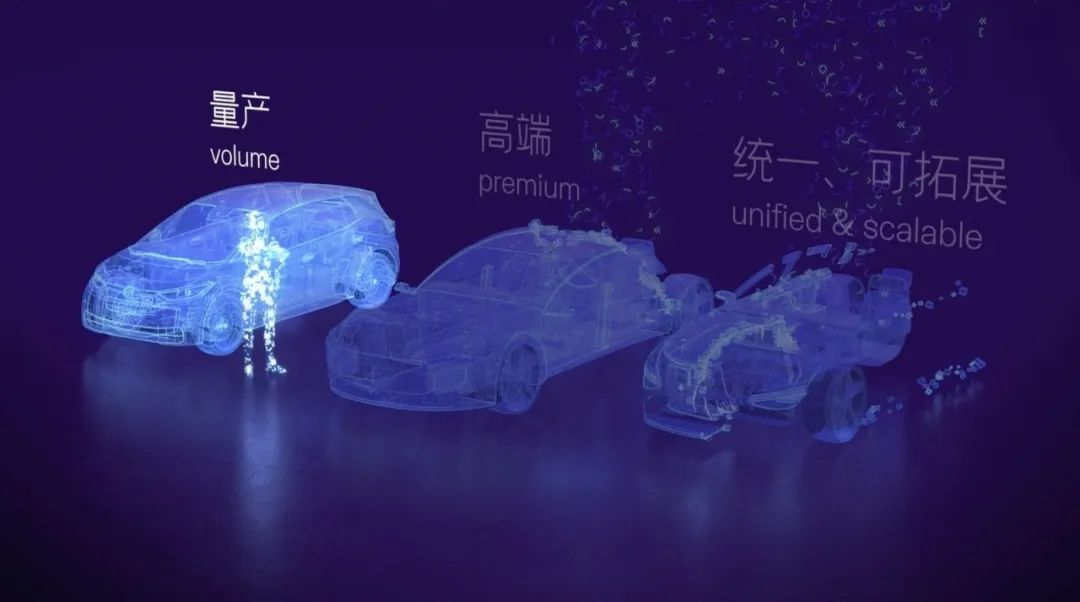
The first step is the volume production software platform, which mainly targets the MEB pure electric platform widely used in current Volkswagen models.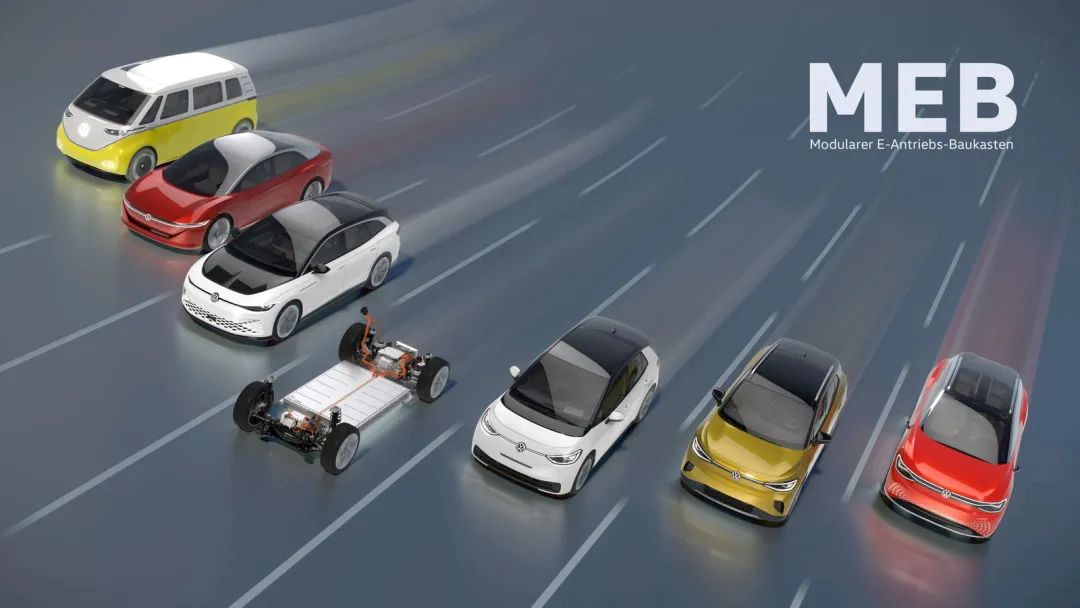
Refining to specific models, it refers to Volkswagen’s ID. family. The volume platform will achieve software remote online updates, namely OTA, on certain models. Moving forward, the CARIAD China team will take the lead in overseeing the OTA updates for the ID. family series products in China, and the first update led by the China team is expected to be completed in the second half of this year.
The next step is the upcoming premium high-end software platform, which mainly targets the PPE platform.

The PPE platform is Volkswagen Group’s pure electric platform for high-end cars. The Audi A6 e-tron, Audi A6 Avant e-tron, Audi Q6 e-tron, and the rumored Porsche Macan EV, will all be based on this platform. The premium software platform will support advanced infotainment systems and advanced driver assistance systems based on the Android open-source system, and will support remote online updates on some Audi and Porsche brand models. The CARIAD China team plans to launch the premium software platform within two years.

The purpose of the previous two steps is to introduce Volkswagen Group’s new unified & scalable software platform.
The new platform will support Volkswagen’s self-developed operating system VW.OS, and will connect to Volkswagen Automotive Cloud VW.AC, and will be applicable to all future brands under the Volkswagen Group. This software platform will be pre-installed with L4 level autonomous driving technology and is planned to be launched around 2025.
The landing products are here.
If the platform determines the software level, then the application determines the specific experience.
Dr. Sun Weibo, CTO of CARIAD China, left a deep impression on me with his understanding of in-car application software.
He said that “innovation in in-car software should not replicate mobile applications.”
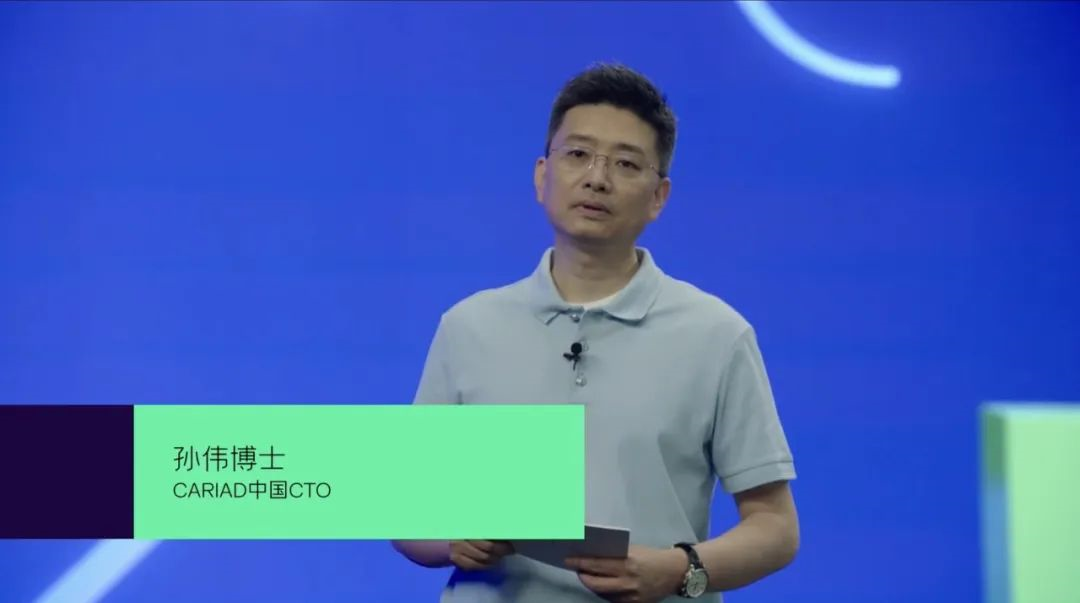
Today, many automakers regard introducing certain software into the car’s system as a major highlight of OTA updates.We may have put too much emphasis on “I can finally use this app directly in the car’s infotainment system,” and overlooked whether the app that works well on the phone is still usable on the car’s infotainment system.
Upon careful consideration, although the car screen is similar to a phone screen to some extent, cars have experiences, functionalities, and expansion capabilities that phones do not have. Therefore, cars need true “native” applications.
In this regard, the CARIAD China team brought two examples of “native” applications at this press conference.
The first application that the CARIAD China team calls “OOTD.”
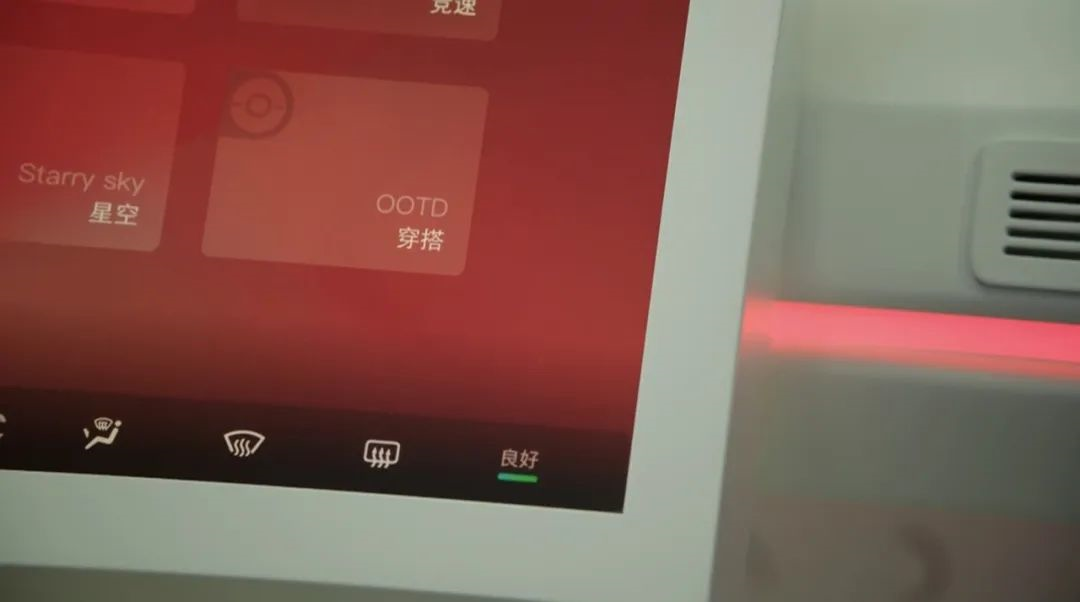
Yes, it is the “Outfit of the Day” that you are thinking of right now. But here, the target of OOTD refers to the car.
Through the AI smart camera on the car’s intelligent rearview mirror, the system will automatically perceive the color and style of the clothes you are wearing that day and create different in-car atmospheres based on different dressing styles.

These atmospheres include the desktop theme of the infotainment screen, the color of the ambient light strips, the startup greeting, and the in-car music.
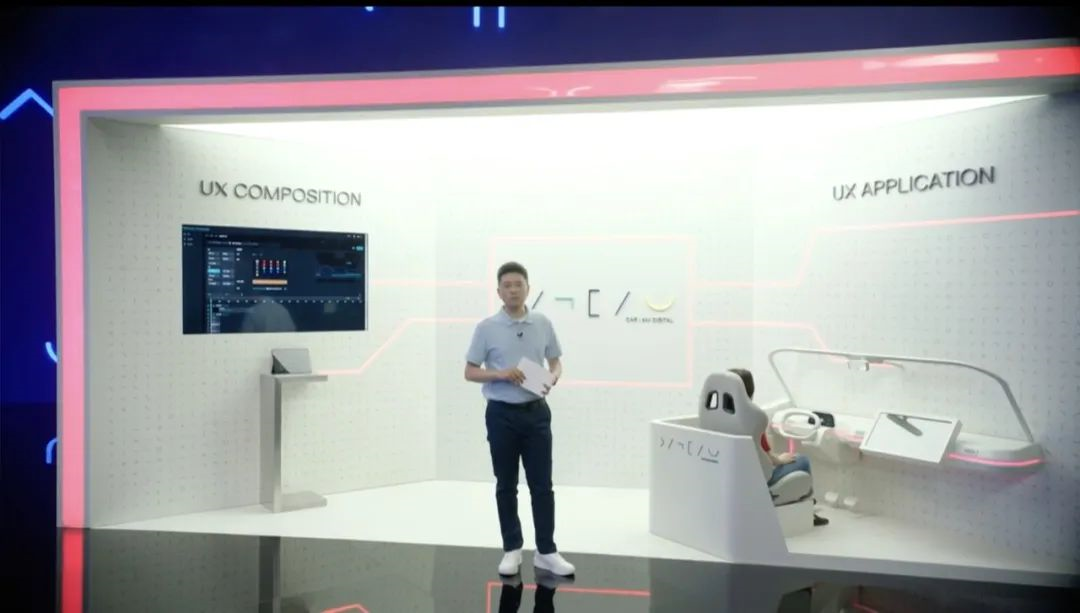
My first reaction upon seeing this application was thinking of the joke that previously circulated online about “making the theme color of a mobile app change automatically with the phone case color.”
This idea may be a joke when applied to mobile phones, but when used in cars, it becomes more operable. Moreover, having a new atmosphere that matches your outfit every time you get in the car seems like a pretty cool thing.
The other is the V2X application.
Currently, the CARIAD China team has developed three groups of intelligent networked functions, including Traffic Light Information (TLI), Hazard Information Warning (LHW), and Hazard Information Tips (LHI).
The Traffic Light Information function can provide drivers with accurate second-by-second information about traffic lights on the road ahead.

At the same time, based on this information, it can give suggestions on the appropriate vehicle speed to ensure “green wave passage,” which is what we often refer to as “driving in a green wave.”
 The Danger Information Warning feature is a function that broadcasts the status of a vehicle to the outside world. When a vehicle equipped with this feature encounters a traffic accident, it sends a warning message to surrounding vehicles via the C-V2X protocol, reminding rear vehicles to pass safely at long distances.
The Danger Information Warning feature is a function that broadcasts the status of a vehicle to the outside world. When a vehicle equipped with this feature encounters a traffic accident, it sends a warning message to surrounding vehicles via the C-V2X protocol, reminding rear vehicles to pass safely at long distances.

The Dangerous Information Alert feature can capture traffic danger information on the road and share it in real-time with nearby vehicles, displaying it on their instrument panels. This “nearby” refers to a range of 40 kilometers.
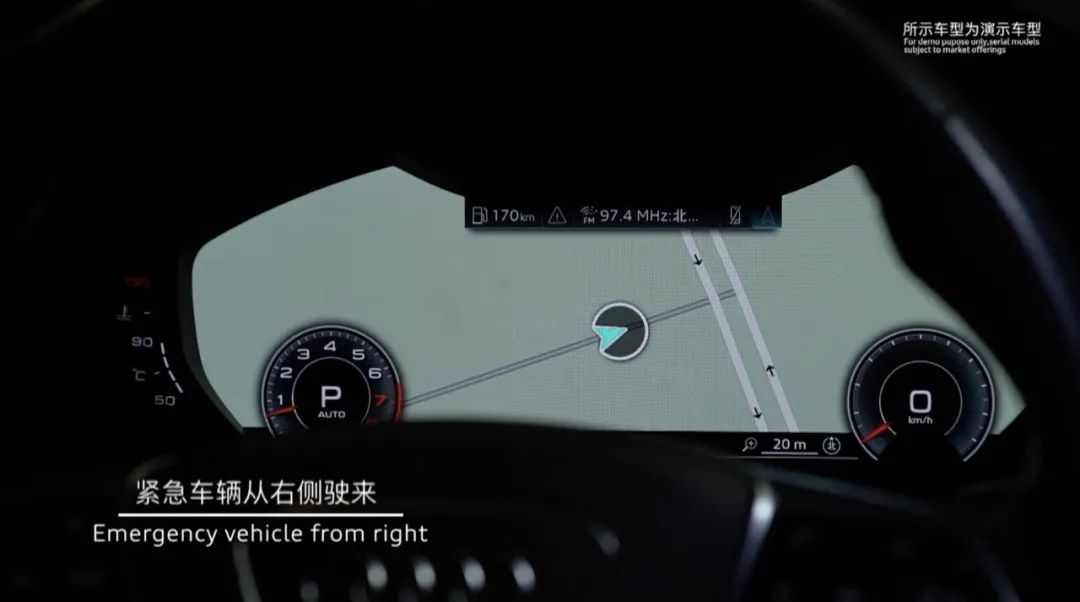
More importantly than the concept, these functions are V2X features that have actually been implemented. Currently, in some of the latest Audi models in China, these three functions have already been deployed and applied.
Land, land, land; important things need to be said three times.
Perhaps like many friends who pay attention to new energy vehicles, I have eaten too many pies made by manufacturers in the past two years and feel bloated. In comparison, “landing” has become the word I like to see the most during this period. At the same time, the achievement of short-term goals has become an important indicator of my trust in the long-term planning of automakers.
Speaking of long-term planning, CARIAD hopes that its research and development software technology stack will be installed in more than 40 million cars by 2030.

However, before this great goal, I am more interested in the ID. family OTA update in the second half of this year, the high-end software platform in two years, and the unified expandable software platform in 25 years…
I hope CARIAD China can gradually accomplish its established goals, and I also hope that “software OTA with a low-voltage battery upgrade” stories are just stories and don’t happen again in reality.

Volkswagen also hopes to “Code the Future” and “reshape mobile travel” as mentioned in the opening of this press conference.
This article is a translation by ChatGPT of a Chinese report from 42HOW. If you have any questions about it, please email bd@42how.com.
